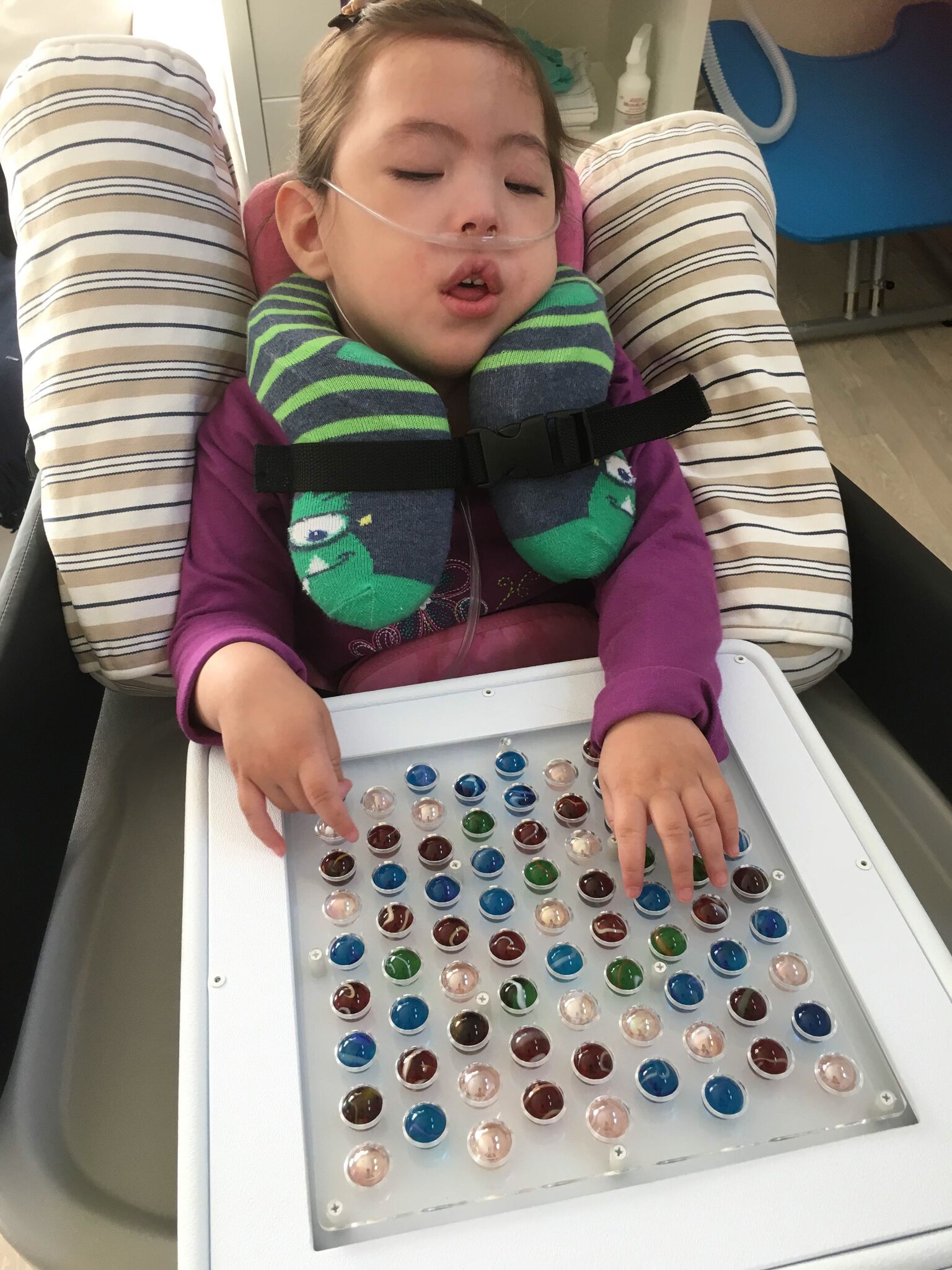Six-year-old Roxie did not take kindly to being mistaken for a baby. Roxie, who lives in Maryland and has cerebral palsy, was going back and forth to school in an adaptive stroller she had outgrown that was being held together by duct tape. The stroller required another person to push Roxie, and did not permit her to move on her own.
Her single mom had tried for more than two years to get insurance to pay for a proper power wheelchair for Roxie, but unfortunately, the more than $4,300 copay for the wheelchair and all of the necessary accessories were out of reach financially. This year, Roxie finally received the wheelchair she had been waiting for, thanks to help from The Eric Fund, which paid the copay for Roxie’s new power wheelchair.
Roxie now steers her own future, whether it is down the hallway at school, at home with her mom, or out in the community. Since the new wheelchair was customized for Roxie, it will accommodate her as she grows and will assure proper positioning. “(Roxie) has a drive and strong desire to be independent,” says her mom. “She is ready to soar… (and with her new wheelchair she will) be empowered to be more independent in her daily activities.”

















